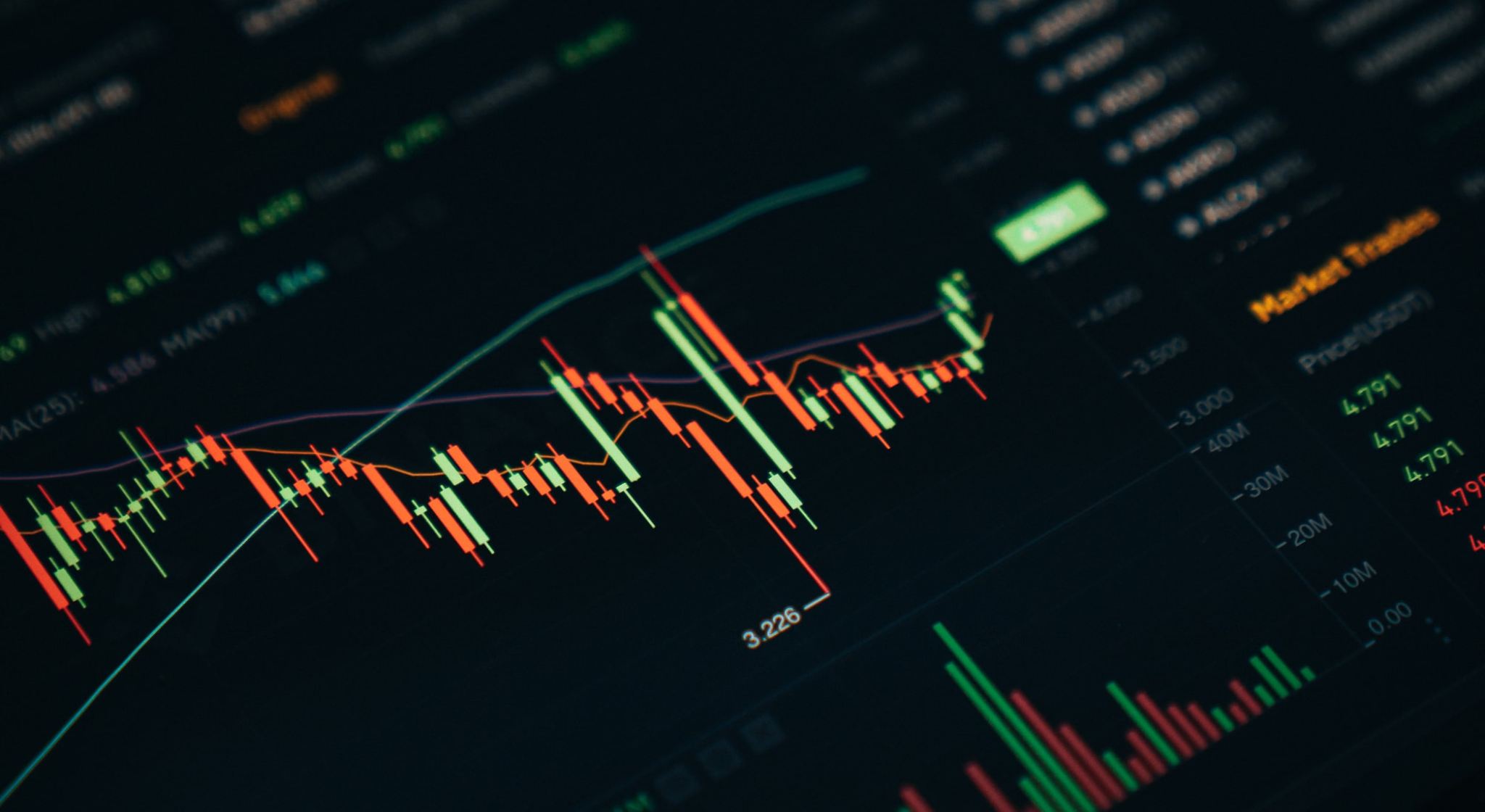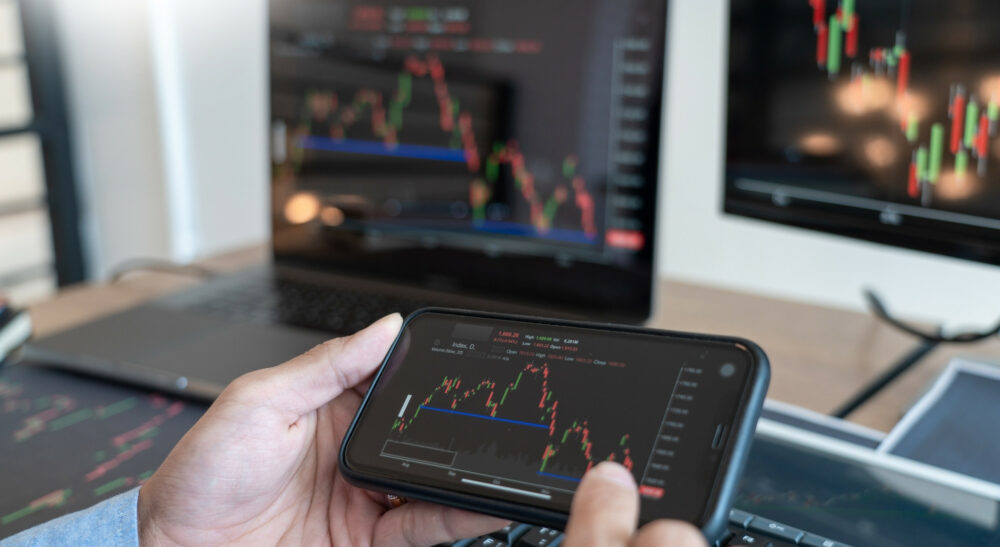Paypal Scams – What Are They, The Common Types of Paypal Scams & How To Secure Your Finances Against Paypal Scams in 2022
Excerpt: With close to 400 million active users and an annual transaction volume in the billions, PayPal has established itself as a dominant force in the online payment processing industry. For this reason, it is essential to acquire knowledge of the most typical forms of PayPal scams and get an understanding of how to prevent falling victim to them.
Introduction
With close to 400 million active users and an annual transaction volume in the billions, PayPal has established itself as a dominant force in the online payment processing industry.
With the large number of transactions that are processed, PayPal is an attractive target for scammers who are seeking an easy way to generate money. However, the source of the security risk is not where you may anticipate it to be.
Phishing scams and fraudulent transactions on an individual account level pose a far greater risk to PayPal than a breach of the whole PayPal ecosystem on a system-wide scale.
For this reason, it is essential to acquire knowledge of the most typical forms of PayPal scams and get an understanding of how to prevent falling victim to them.
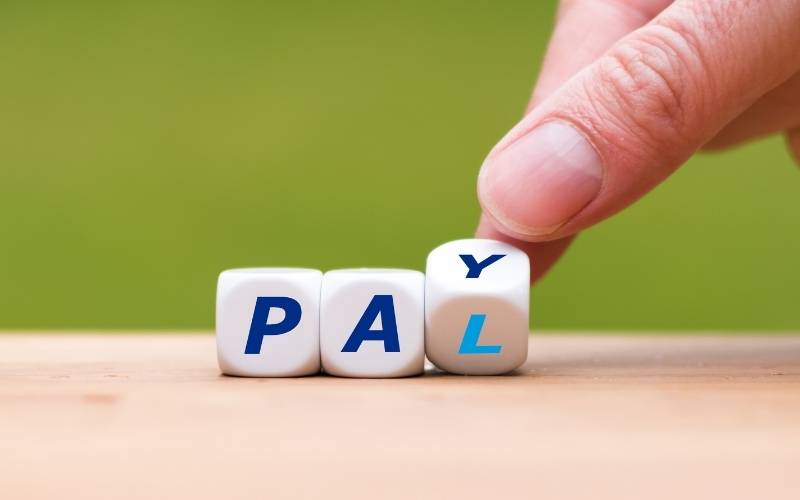
Latest News & Scam Alerts
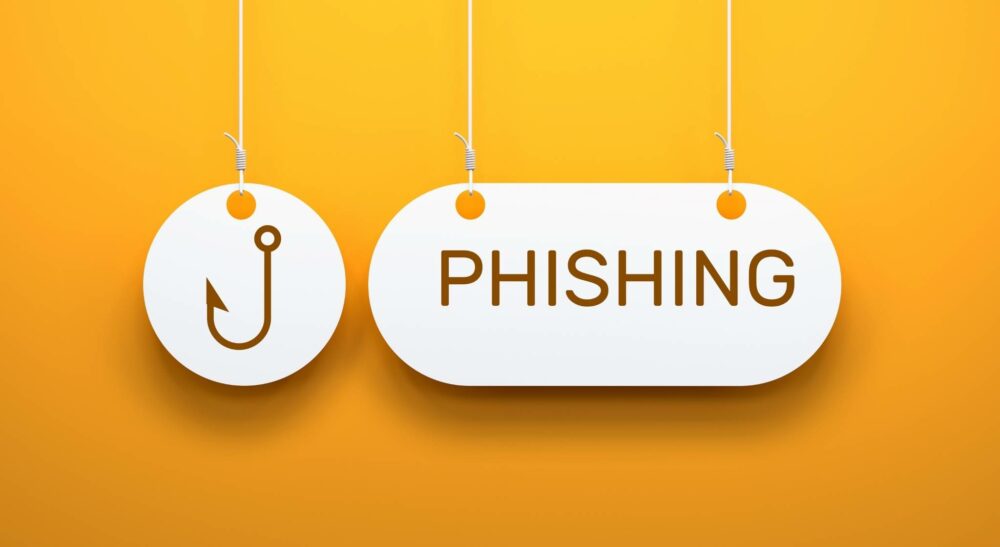
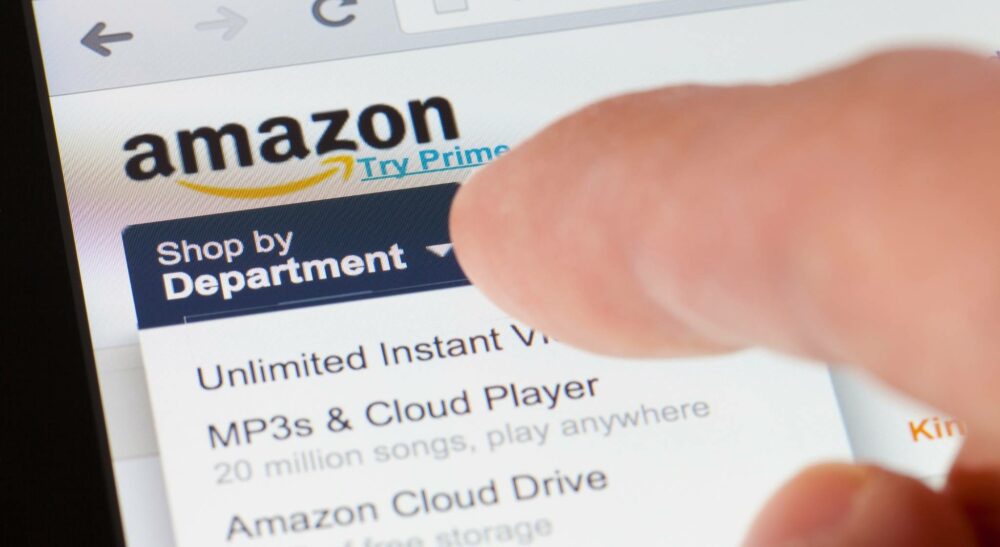

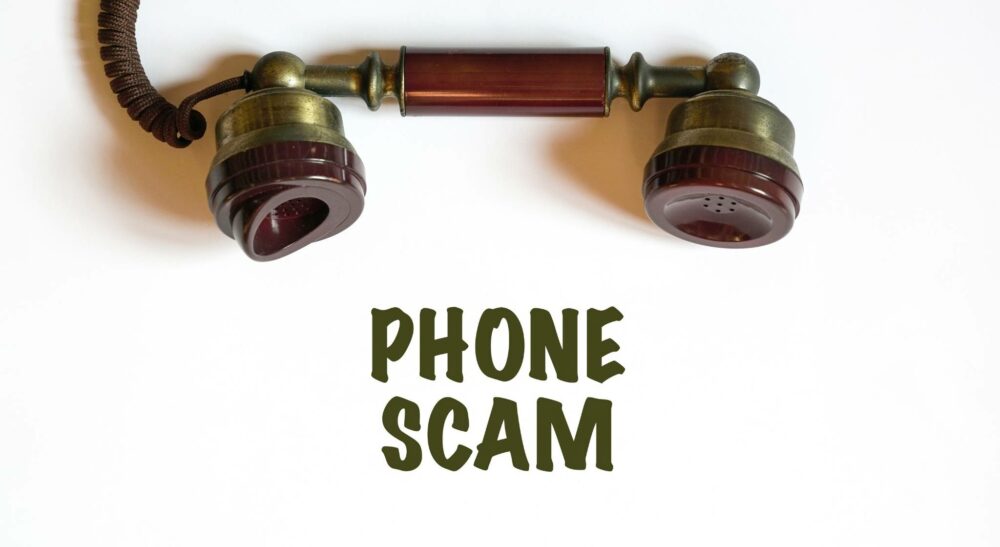
The Latest 411 on Current Day Cell Phone Scam
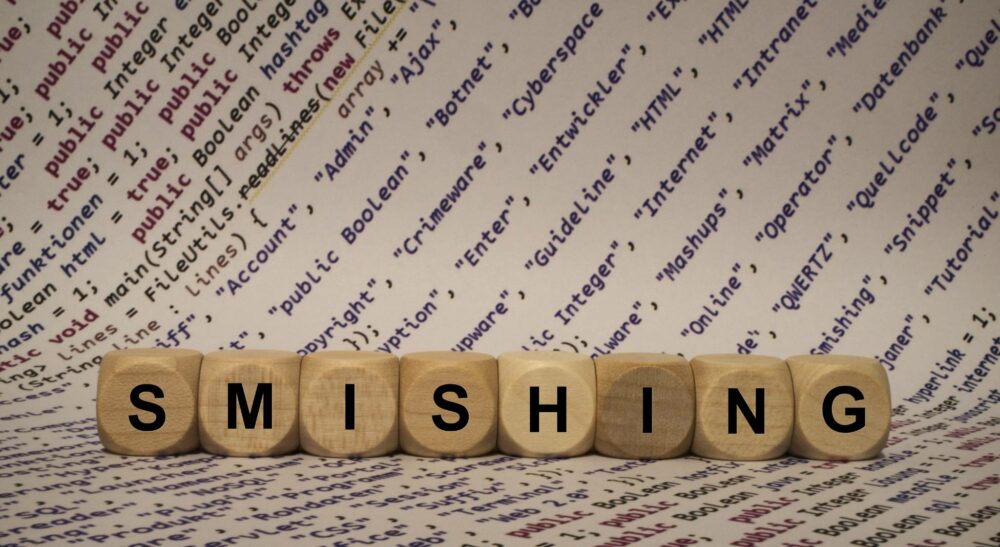
Smishing: A Whole New Level of Scams & Frauds
7-10% of the U.S. population are victims of Online Scam each year, and 21% of those experience multiple incidents of Internet Scam/Fraud.
CNBC News
If you’re someone who wants to protect your financial data, then you’re definitely at the right place. We can give you the best practices in identifying red flags as well as help you in recovering your stolen money from scammers!
Table of Contents
CHAPTER 1: Paypal - What is This Application Everyone is Buzzing About?
PayPal is a system that allows users to pay for goods and services online, as well as send and receive monetary transactions, in a safe and reliable manner.
If you have a bank account, credit card, or debit card that is linked to your PayPal account, then you will be able to use PayPal to make purchases online at participating retailers. Your payment information is protected by PayPal since it acts as a go-between for your bank and the businesses that you buy from.
You may use PayPal not only to transfer money to your friends and family but also to receive money from other people in a safe and secure manner. This function is helpful when doing things like dividing the rent with roommates or receiving money for your birthday from friends and family.
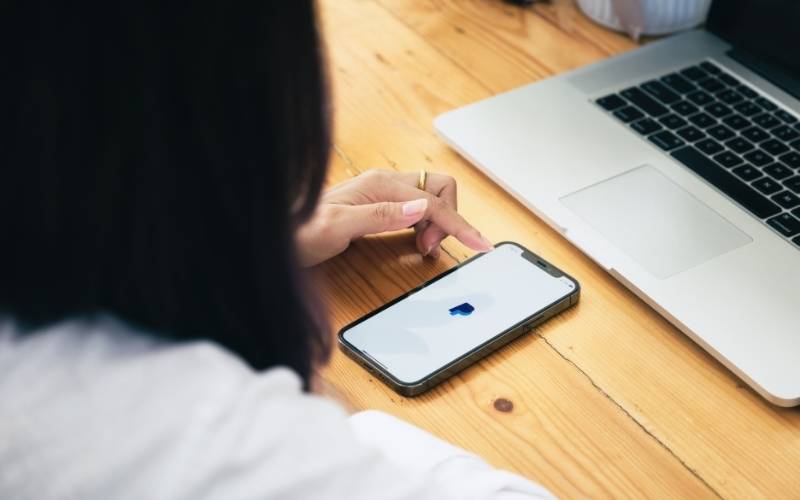
CHAPTER 1: Why Do So Many People Trust PayPal's Services and Use It Regularly?
The second anyone talks about a money transfer, their first go-to application or service provider is Paypal.
To the extent that it has not become an action instead of a brand name, haven’t you ever heard anyone say “Hey Susie, Paypal me $25!” Now you get what we are talking about? So, why is it that everyone turns to Paypal?
Secure Transactions
When you make a purchase with your debit or credit card over the internet, the merchants you shop with may occasionally have access to your payment information.
By preventing merchants from ever having access to your sensitive information, PayPal adds an extra degree of security to your financial transactions. In addition, PayPal accounts are protected by a variety of security measures, including end-to-end data encryption, optional logins requiring two different forms of identification, and email confirmations for all transactions.

Simple and Uncomplicated
After Visa, Mastercard, American Express, and Discover, PayPal is now the fifth most accepted payment method, and it is available at millions of shops online.
Have you ever had the desire to make a purchase online but been unable to do so because you did not have your credit card with you? You may avoid having to retype your credit card information by using PayPal to make payments with credit or debit cards that are already associated with your account. Remembering (or saving) your PayPal login information is all that is required of you in order to use PayPal to make a transaction.
CHAPTER 1: When Using PayPal, Is It Possible to Get Scammed?
Note to those who use PayPal on a consistent basis: Constantly, fraudsters attempt to defraud PayPal and its user base of customers.
Scammers target many kinds of people who use PayPal, including consumers making purchases, those receiving personal payments from friends and family, and self-employed persons who use PayPal for business.

Scams involving PayPal can manifest themselves in a variety of formats, including emails, phishing websites, harmful advertisements, suspicious links, and more. Scams of this nature are made to appear legitimate in order to deceive people into divulging sensitive information (including usernames and passwords, for example) or to fraudulently collect cash. There are a large number of fraudulent schemes involving PayPal, but there are a few that are more likely to affect you.
Scammers that target PayPal are constantly refining their operations, making it ever more difficult to determine if an email, link, or website purporting to be affiliated with PayPal is, in fact, fraudulent. If you are not alert and observant, it will not be difficult for you to get caught up in the trap of thinking that a scam is in some way associated with PayPal.
And as a consequence, there is absolutely no way to get that money back, which might result in a considerable amount of financial loss. It is imperative that you report any PayPal-related emails or links that make you feel uneasy or cause you to have doubts. If you do so, PayPal will be able to combat these frauds more effectively.
HAVE YOU BEEN SCAMMED AND NEED HELP IN FIGHTING BACK?
Scammers can create complex scams that can trap even the most cautious of people. But it’s not too late because we can help you track the damage done by scammers.
We can help you get your money back!
CHAPTER 1: Ten Common Types of Paypal Scams You Need To Keep An Eye Out For!
Scammers can approach you in an infinite number of different ways with the hope of stealing your money. You may already be familiar with some of the more well-known frauds that are now making the rounds on Facebook and Instagram. However, there are a few methods that scam artists use again and over again to pull off their scams. Why? Because falling for these frequent cons is profitable.
The following is a list of the most prevalent frauds involving PayPal in 2022, as compiled by the Ez Chargeback team. Many utilize email, while some pose as real PayPal transactions.
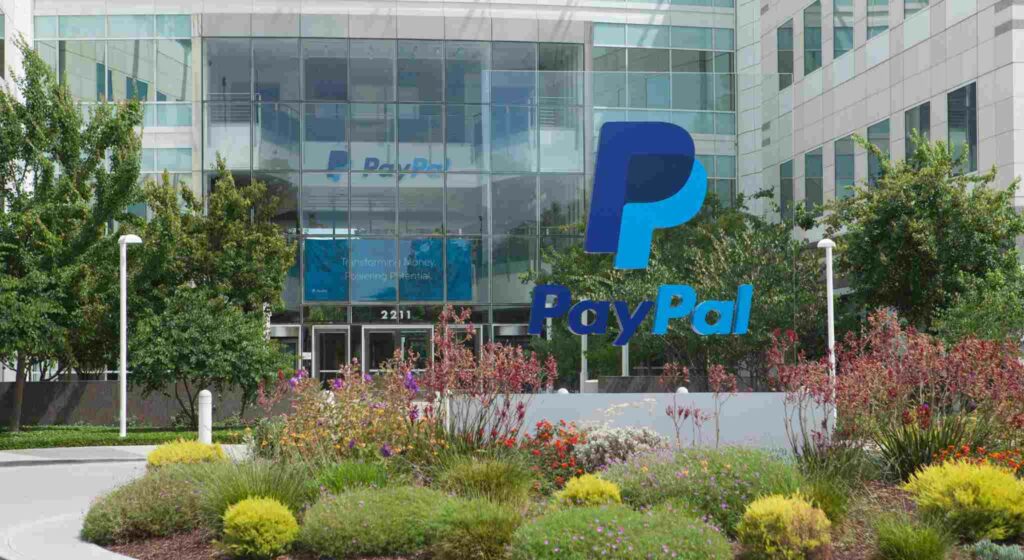
1. The cons including "problems with your account"
Scammers frequently use email as their technique of choice while attempting to steal your money.
Criminals that commit fraud follow a very consistent strategy, which regrettably yields positive outcomes. Phishing emails sometimes take the form of messages that say there is a problem with the recipient’s PayPal account. Additionally, the email contains a link and requires that you use it to connect to your PayPal account. Click on the link.
The email is a hoax, and clicking the link in it will send you to a website that impersonates PayPal. When you input your login credentials on the fraudulent website, the information is sent straight to the scam artists who created the site. They are now in possession of all the information necessary to access your actual PayPal account. You can probably anticipate what comes next. One of the most widespread forms of social engineering, the goal of this assault is to get into your PayPal account and steal your money.
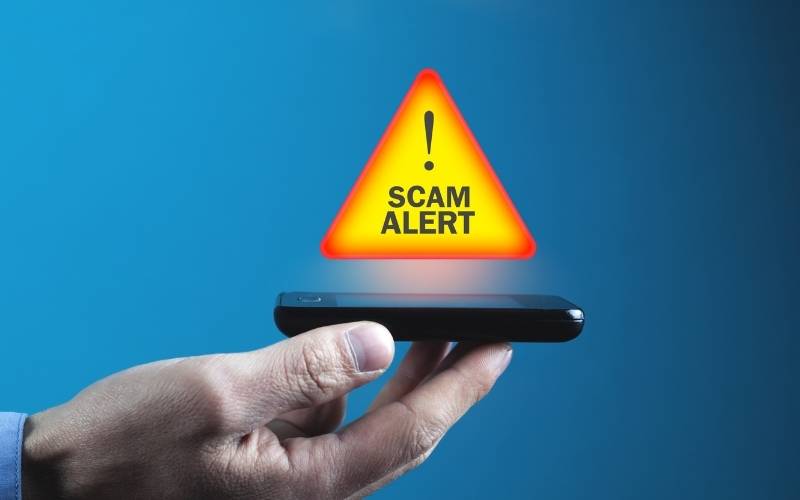
2. The fraudulent offer of promotions
You get an email offering a cash refund or some other financial incentive, and all you need to do to claim it is login to your PayPal account and verify a little information about your transaction. The URL in the email takes you to a website that is not affiliated with PayPal, much like many other email frauds.
If you follow the link and input your login information, the scam artists will have access to your credentials and will be able to empty your account.
3. The cons that tell you "money is waiting for you."
You check your email and find a message informing you that money has been sent into your PayPal account. To make the cash available, all you have to do is click the link in the sentence.
Unfortunately, clicking on the link in the phishing email will take you to yet another fake PayPal website. Once you are there, if you key in your PayPal login credentials, the scam artists will obtain that information and use it to gain access to your actual PayPal account.
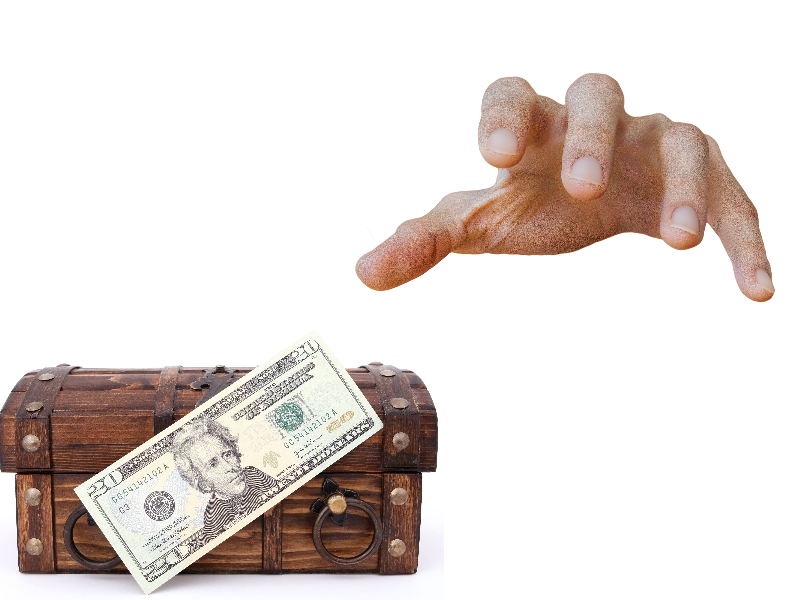
4. The scam known as "advance payment"
Who wouldn’t be thrilled to get some extra cash out of nowhere? This scam preys on people’s feelings by notifying them by email that they have won, inherited, or are otherwise entitled to receive a big quantity of money from an unexpected source.
The money might come from a lottery, a prize, or an inheritance. The one and only catch being that you will first need to cover the transaction fees by sending a little amount through PayPal (or some other bogus expense). It is appealing, which is one of the reasons why it is so successful.It’s unfortunate, but the old saying “if it’s too good to be true,” applies well in this situation. After you have given the little amount, you will not hear from the scam artist again, and you will be out the money that you have sent.
5. Fraud involving the delivery address
There are more methods that crafty thieves might use to try to steal your money through PayPal.
These fraudulent schemes entail actually interacting with you on the genuine PayPal platform, in contrast to unwanted emails that direct you to fake versions of PayPal’s website. There are various frequent sorts of frauds involving PayPal shipping addresses, including the following:

The buyer has a certain delivery method that they want to employ
The customer will ask you to mail their goods using the shipping provider of their choice in order to complete the transaction.
They may say that they are eligible for a discount, that the shipment speed is increased, or provide any other explanation. If you provide your permission, the buyer will simply be able to get in touch with their shipper and change the destination address of the goods. They then make a claim with PayPal, stating that they did not receive the payment and asking for a complete refund. You will lose the money, the goods, and even the cost of delivery since you are unable to provide evidence that the item was delivered.
The buyer is responsible for providing their own shipping label
There are situations when a buyer will offer to give you a shipping label that has already been paid for.
They may say that they get a better deal, or they could provide some other lame explanation. If you utilize their shipping label, the buyer has the ability to claim that they never received the goods, reroute the box to a completely other delivery location, and then request a full refund from PayPal. It’s possible that the shipping label was purchased with a stolen credit card, which might put you in much more difficult than you were already in.
WORRIED THAT SOMEONE HAS YOUR PERSONAL & BUSINESS INFORMATION?
With how easy it is for scammers to acquire your data, it’s reasonable to be alarmed. Protect yourself and your loved ones by getting advice from experts.
We will guide and even help you get your money back from scammers.

The buyer provides a false address for shipment.
The buyer gives a false address for the item to be delivered. When the shipping firm is unable to deliver the goods to that address, the buyer is responsible for taking the initiative to give a new delivery address that meets all legal requirements.
After the delivery has been redirected and delivered, the buyer initiates a dispute with PayPal, stating that they have never gotten the item for which they paid. It is likely that PayPal would honour the refund request given that the final delivery address does not correspond to the address that is displayed on the Transaction Details page.
These kinds of cons are successful because PayPal will only cover a seller if the seller can provide evidence that the item was delivered to the address that is stated on the Transaction Details page.
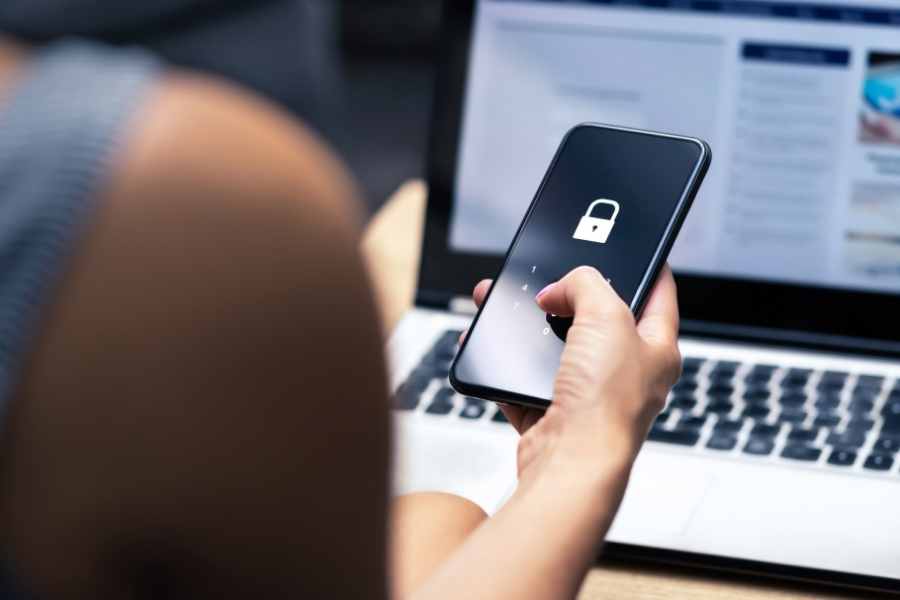
6. The fraud involving compromised accounts
A buyer pays for the things they purchase from you using money stolen from their PayPal account. Since you are unaware that the account was compromised, you hurry to send out the order as soon as the payment is verified. Unfortunately, as soon as PayPal realizes they’ve been hacked, it will remove the stolen money from your account. You are no longer in possession of either the merchandise or the money.
7. The scam using the "alternative payment method"
Scammers will occasionally offer you to send money to friends and family using the PayPal Friends and Family feature.
This reduces the price that PayPal normally charges for doing conventional sales transactions, which may make it appear like an appealing option.
Sadly, the Friends and Family option for money transfers do not support the payment of costs associated with purchasing items. Any future payments made in this manner will no longer be covered by the protection program offered by PayPal. After you have transferred money in this manner in exchange for products, you will have no legal remedy against any subsequent allegations of fraud.
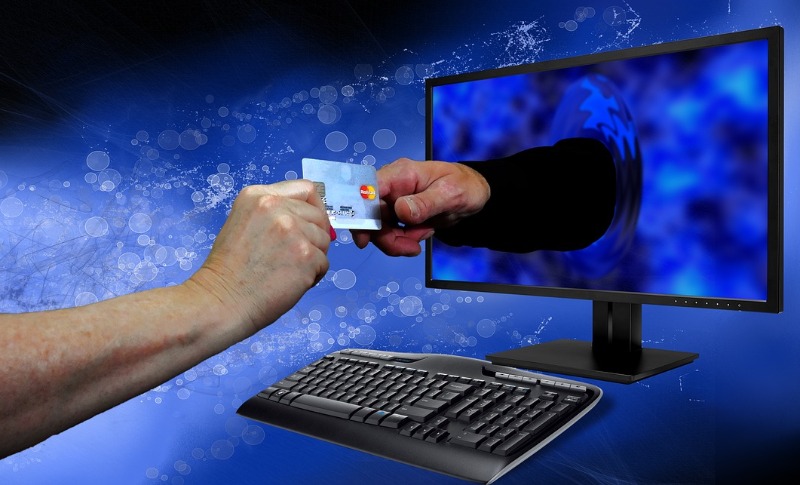
8. The scheme involving the overpayment
Someone buys something from you and then gives you payment that is in excess of the price that was originally agreed upon.
They assert that the extra payment was made in error and have asked for the difference to be refunded. They request that the money be sent directly to an account that is not associated with PayPal. You comply with their request and provide them with the remaining sum.
After successfully stealing the money, the scam artist will then file a dispute against the initial transaction through PayPal (usually claiming their account was hacked and no payment to you was intended). The whole amount is refunded to them through PayPal, but the money you transferred to them outside of PayPal is lost forever.

9. The fraud known as the "payment pending" scheme
The transaction for the payment of an item that you are selling takes place between you and the buyer on PayPal. They send you a message, claiming to have paid for the item but PayPal won’t transfer the money to you until you give a tracking number for the package.
Before you are paid, the scam artist requires that you send the item in the mail and give them the tracking number. Should you choose to do so, the dishonest purchaser will obtain the item and then vanish without paying you for it.
10. The scam using "fake charity"
Swindlers frequently exploit the online payment service PayPal to defraud charitable individuals who are wanting to make a contribution.
In the aftermath of natural catastrophes, a significant number of individuals look for local organizations to which they may contribute money in order to aid recovery operations. Scam artists make use of this fact to their own benefit. They create bogus charitable organizations or donation websites and then beg you to send them money through PayPal.
Do your research and ensure that the organization to which you are donating money through PayPal is a reputable one before you hand over any money. This capability may be found on a number of websites, including Charity Navigator and Charity Watch, amongst others. Checking a charity’s website is another method for determining whether or not it is a legitimate organization. A significant warning sign is the absence of a website for a charitable organization. If the website in question does not employ the HTTPS protocol, it is in your best interest to steer clear of it.
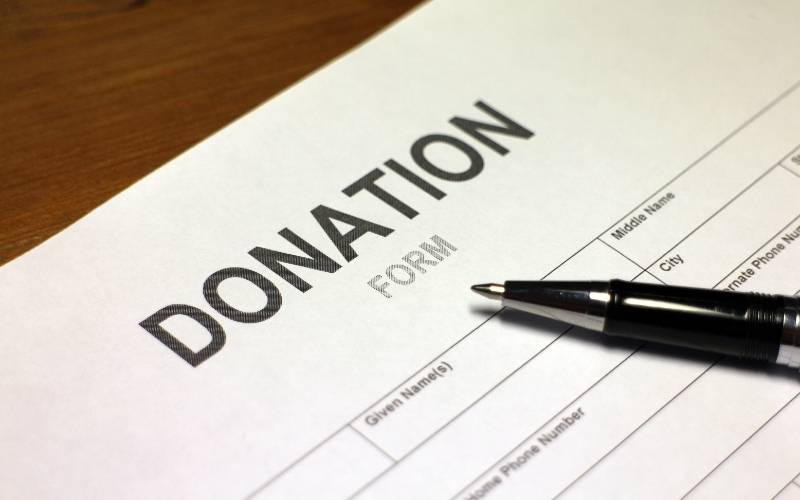
CHAPTER 1: How PayPal Helps You Avoid Being a Victim of Fraud
PayPal provides its customers with not one but two distinct forms of protection: PayPal Buyer Protection and PayPal Seller Protection.
Buyer Protection for PayPal Transactions
When a customer makes a purchase using PayPal and something goes wrong during the transaction, the buyer is entitled to a full refund of the amount they paid for the item.
The buyers have a period of one hundred eighty days to contest a transaction. In order for the buyer to be eligible for Buyer Protection, the buyer must:
- Make payments with PayPal.
- Make just one payment total (no installment payment arrangements).
- Maintain a positive status with their account.
- The dispute must be filed during the first 180 days.

Protection for sellers provided by PayPal
When a business chooses to accept PayPal as a means of payment for the purchase of products or services, the Seller Protection program provides an assurance to the business that it will be able to keep the whole purchase price if certain conditions are satisfied. To meet the requirements, the vendor must:
- Use an address in the United States as your primary PayPal address.
- Sell things that can be touched and felt.
- Ship to the address that is specified on the page that details the transaction.
- Provide reliable proof that the item was sent or delivered.
CHAPTER 1: How to Guard Yourself Against Fraudulent Scams on PayPal
Maintaining your safety when using PayPal calls for both attention and common sense. The following is a list of precautions you may take to avoid having your PayPal account compromised.

Managing fraudulent emails sent through PayPal
Be aware of links contained in emails. Never click on a link in an email unless you are 100% certain that the email itself is real (e.g. you asked the sender for the message or are otherwise expecting such an email).
It is a much safer practice to log in to your PayPal account directly in your browser or app and check to see whether the contents of the email are real. This may be done to determine whether or not the sender of the email is authentic.
Check the email address provided by the sender, if you look at the real email address that the message sender used, you may very readily spot scam emails.
Don’t judge someone only based on their screen name. Anyone can make a display name that seems authentic, but it is far more difficult to establish a phony email address that seems authentic. When the sender’s display name is selected (by clicking or tapping on it), the true email address that is behind the display name is exposed. Only emails with the @paypal.com address can be sent from PayPal.

Ignore any communications from PayPal that do not specifically address you by name. Emails sent to you from PayPal that are legitimate will always include your real name (exactly as shown on your account). Warning signs of potential fraud include greetings such as “Dear Customer” or “Hello, PayPal user.”
Delete any emails from PayPal that request sensitive information from you or ask you to download or install the software. On its website, PayPal promises that it will never send you an email asking for sensitive information like your password, bank information, or credit card data and that it would never send you an email asking for such information. In addition, you will never get an email from them requesting that you download or install any software.
Other ways to protect yourself against fraud on PayPal
Never send money to an address that is not associated with your PayPal account for any transactions that take place on the platform.
Authentic purchasers seldom overpay, yet on occasion, they do make blunders in their transactions. Should a buyer give you more money than they owe, cancel the deal, and begin again? Refuse to comply with their request to transfer the money back to them via another account.
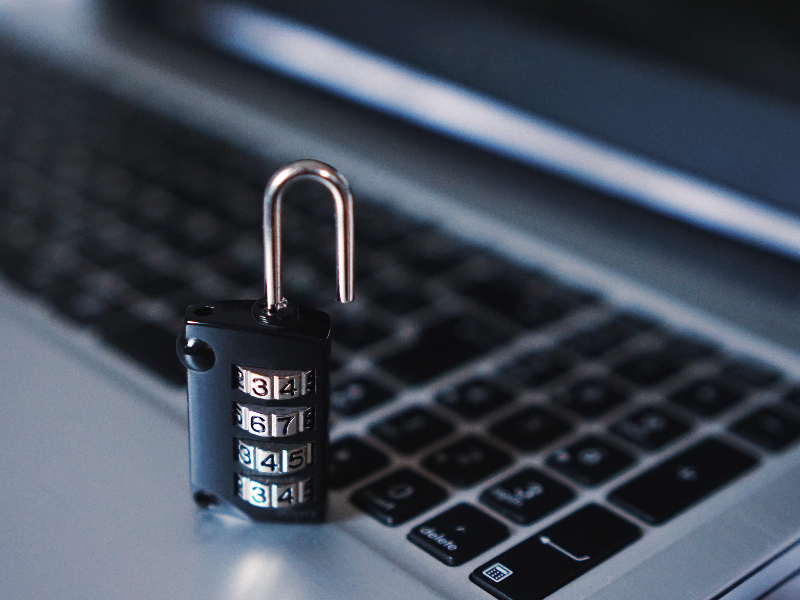
Always use the mode of delivery that you like. When you select the mode of shipment, you have complete control over the delivery process. You won’t have to resort to using fake shipping labels or worry about your items being redirected.
Only ship to the address listed on the page that details the transaction. You will be in compliance with one of the criteria for the Seller Protection program offered by PayPal if you restrict shipping to just this address.
You can prevent packages from being redirected by your shipping firm. Get in touch with your shipping agency and ask them to provide this extra layer of security to each package. It is not possible for the buyer to reroute your delivery, receive it somewhere else, and then claim that the package was never delivered.
Only do business with customers and sellers who can be confirmed. When a PayPal account user goes to the bother to verify their account, it is a positive clue that they are not a scammer because scammers often do not go to the time to verify their account. If you do business with PayPal accounts that have not been validated, you should proceed with great caution.
DO YOU SUSPECT THAT SOMEONE HAD SCAMMED YOU?
If you have suspicions of a scam or phishing attack, you can rely on experts to help you with protection, mitigation, and fund recovery.
You will feel safe knowing that experts with years of experience will be guiding you!

CHAPTER 1: What You Should Do If You Believe That You Have Been a Victim of a PayPal Scam
The most important thing to do If you believe that you may have been the target of a PayPal scam, you should immediately reset the password for your PayPal account.
You should think about utilizing a third-party password manager or the tool that is integrated into your preferred web browser if you are seeking ways to generate passwords that are robust, safe, and unique for PayPal as well as your other online accounts. Alter the answers to your PayPal security questions now while you’re here.
What to do in a fake PayPal email or spoof website Paypal scam?
If you suspect that PayPal has sent you a hoax email, then this is what you should do,
- Send an email with it to spoof@paypal.com.
- Delete the email in question.
- Log in to your PayPal account and look for any strange behavior if you submitted any sensitive information or clicked on any links. Also, check your account if you provided any sensitive information. Change your password if you haven’t done so previously if you haven’t already.
It appears that the email you received came from PayPal and contains the following information:
- You may access your PayPal account using your browser or the PayPal app.
- Make sure you check the Message Center, this is the location where genuine communications from PayPal concerning problems with your account (and with instructions on how to repair the problem) will show up.

What to do is Paypal shows unauthorised account activity?
If, after login into your PayPal account, you detect a transaction that seems fishy, you should do one of the following:
- Simply click the button labeled “Resolution Center” at the very bottom of any page.
- Simply click the Problem Report button.
- Choose the transaction that you wish to contest, then click the Continue button.
- Click the option that reads “I wish to report unlawful activity.”
- Click on the “Continue” button and follow any and all further instructions.
What to do if you see a fraudulent transaction by buyer or seller?
If you sent an item but were never paid for it, if you submitted payment but never received what you were expecting in return, or if you believe the other party is trying to defraud you:
- Simply click the button labeled “Resolution Center” at the very bottom of any page.
- Simply click the Problem Report button.
- Choose the transaction that you wish to contest, then click the Continue button.
- Choose either “I wish to report unlawful conduct” or “I didn’t get an item I ordered…” from the drop-down menu and follow further instructions shown on your screen.
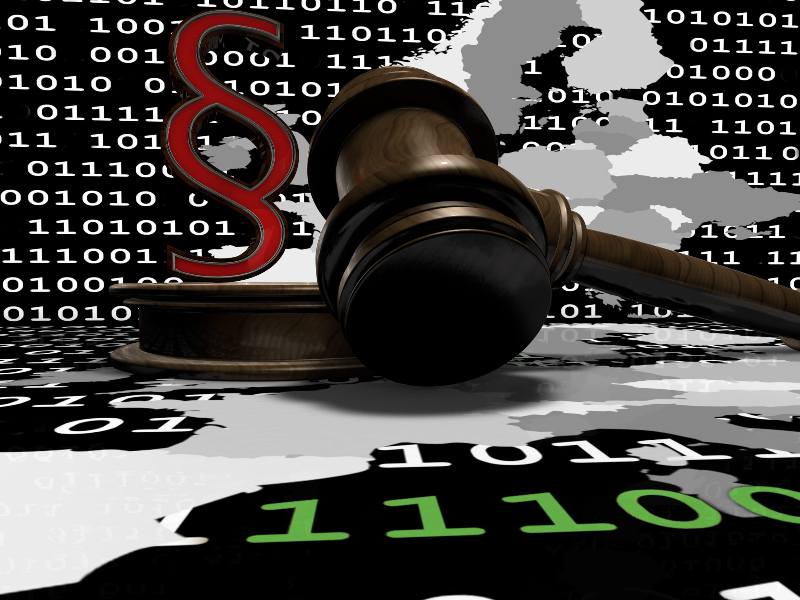
CHAPTER 1: Frequently Asked Question The Ez Chargeback Team Recieves About Paypal Scams
Check out our list of the questions that we are asked concerning PayPal scams and the answers to those questions. If you still have questions, shoot us a line. The Ez Chargeback team is always delighted to be of assistance!
How can I verify that an email from PayPal is legitimate?
Emails from PayPal that are genuine will always address you by your real name inside the main body of the letter (exactly as it appears in your account).
Emails sent from a legitimate PayPal account will always come from an address that ends in “@paypal.com.” If you want to verify the sender’s email address, you may do so by clicking or tapping on the sender’s display name, which will bring up the sender’s real email address.

If I am ripped off, would PayPal give me my money back?
The Buyer Protection Program and the Seller Protection program are the two types of protection plans that are offered by PayPal.
Visit the Resolution Center of PayPal and submit a complaint regarding the transaction in issue if you have reason to believe that you may have been the target of a PayPal scam. PayPal will get back to you on any extra measures that need to be taken regarding your claim. Even while PayPal is a reasonably secure platform, it never hurts to take extra precautions to protect your account.
How can I report fraudulent activity on PayPal?
You may lodge a formal complaint about any transaction you find suspicious by going to the Resolution Center on PayPal’s website. Send an email to spoof@paypal.com if you believe you have received a fraudulent PayPal message.
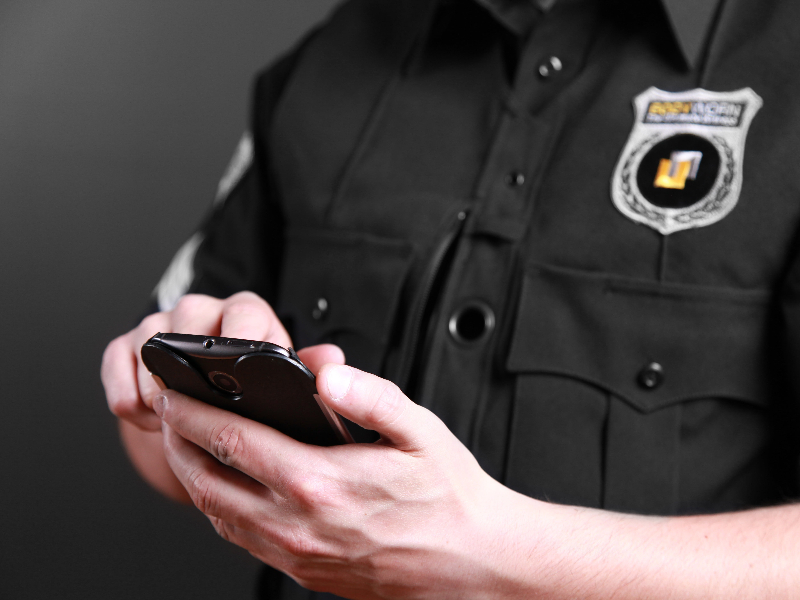
If my PayPal account is compromised, will the money be refunded?
Whether or not PayPal will reimburse you for lost monies is contingent on the nature of the transaction at issue as well as whether or not you satisfy the criteria for either the Buyer Protection or Seller Protection program.
In addition, if you have linked your bank account or debit card to your PayPal account, PayPal may forward questions regarding hackers that remove money directly from your bank account to the financial institution you linked it to in the event of a breach.
How can I report phishing emails sent from PayPal?
Send an email to spoof@paypal.com if you think you may have received a phishing attempt from PayPay. After that, you should remove the message from your inbox.
Key Takeaways!
There is a solid reason why PayPal is currently one of the most widely used online payment platforms in the whole globe. It makes buying and selling money with practically anybody, in almost any location, and in a variety of currencies simple, hassle-free, and secure for both buyers and sellers.
It is crucial to be aware of the various methods that con artists may try to steal your money through PayPal so that you can protect yourself as much as possible when you use the service. Your PayPal account will remain safe if you are aware of the most common scams that may be perpetrated using the service and the steps to take to prevent falling prey to them.
do you need help?
A lot of those who contact us have questions and concerns about their personal and business data being compromised. We aim to arm you with the legal and technical know-how in the fight against scams. Also, we will be able to refer you to top scam recovery agencies.
Please fill up the form. Rest assured that our support team will get in touch with you


